Effective IVF technologies (in vitro fertilization) can help people who want to become parents, but who are unable to naturally.
The IVF process involves several lab-based procedures that are carried out over several stages. The entire process takes several months. PlusOne Agency offers full assistance and support at every stage of the journey to pregnancy.IVF:step by step

Detailed information about all the stages
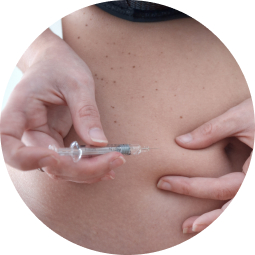
stimulation
During ovulation (the middle of the menstrual cycle), only one egg is formed in the female body for fertilization. Stimulation with hormone therapy (injections or pills) makes it possible to get several mature eggs at once. The procedure for each patient is customized taking into account age, reasons for inability to conceive, health status and ovarian reserve. Ultrasound makes it possible to monitor follicle growth and, accordingly, adjust the frequency and dosage of medications. As a result, the fertility doctor selects the best eggs for further fertilization.
Stage duration — up to 2 weeksand oocyte retrieval
When the eggs mature, their release from the follicles is stimulated by hormonal drugs. The eggs are removed from the female body (follicle puncture) after 34–35 hours. The physician selects the best oocytes containing a visible cell — the polar body — for fertilization.
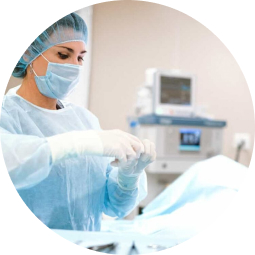
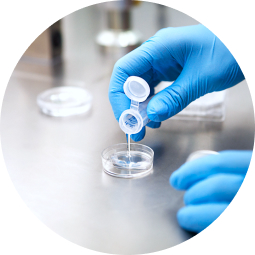
spermatozoa
On the day of egg collection, sperm cells are required for their fertilization. Masturbation or, in some cases, surgical intervention can help. The embryologist separates the spermatozoa from the seminal fluid and selects the highest quality and most mobile ones. In the absence of a partner, donor sperm can be used.
The best quality eggs and spermatozoa are prepared for fertilization. Usually, fertilization is performed using the ICSI method, which makes the probability of conception and pregnancy much higher. In this method the sperm is injected directly into the cytoplasm of the egg with a thin catheter.
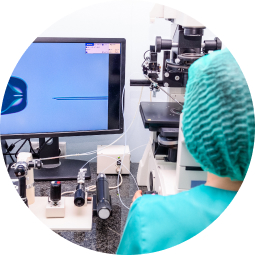
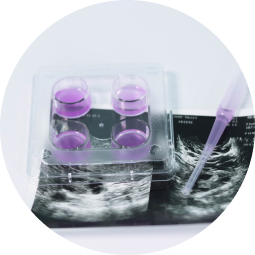
culture
The embryos develop in a special incubator in a growth medium, and they are closely monitored by an experienced embryologist for 5–6 days. Then they can be transferred into the uterine cavity, or, at the request of the parents, PGD (preimplantation genetic diagnosis) is performed.
With PGD we can ascertain with an accuracy of 99.9% whether the embryos have any genetic pathologies. While the study is being conducted, the embryos are frozen until the test results are obtained.transfer
One or more of the most suitable and high-quality embryos (to increase the chances of a successful pregnancy) are transferred into the uterine cavity. The embryo transfer is performed under ultrasound control without the use of anesthesia. After that, the patient undergoes supportive hormone therapy. After 2 weeks, a blood test for hCG (human chorionic gonadotropin) is performed to determine whether the IVF attempt was successful.
Unfortunately, many couples do not have a successful first IVF cycle, and they may need several attempts to become parents.
If you cannot carry a fetus on your own, we advise the services of a surrogate mother.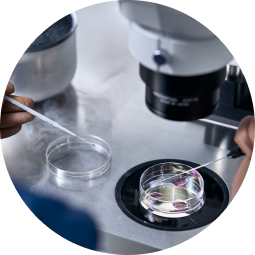
Our prices




























Any questions?


Any questions?
I'm Kate, the agency's director.
Leave your email or phone, and we will send you our presentation with prices.



